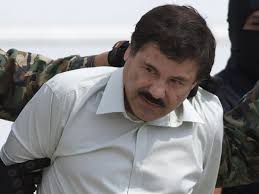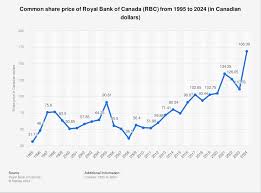
Introduction
Joaquín “El Chapo” Guzmán is one of the most notorious drug lords in history, commanding significant attention worldwide due to his role in the illegal drug trade and his dramatic escape attempts. His life story is more than just a tale of crime; it raises important questions about drug policy, law enforcement efficacy, and the socio-economic conditions that fuel drug trafficking. In recent events, the implications of his legacy continue to influence both Mexico and the international community.
Life and Criminal Empire
Born on December 25, 1956, in Sinaloa, Mexico, Guzmán began his criminal career at a young age. By the 1980s, he had already established himself with the Sinaloa Cartel, which would grow into one of the most powerful drug trafficking organizations globally. Under his leadership, the cartel was responsible for transporting vast quantities of cocaine, marijuana, and methamphetamine into the United States.
Guzmán’s reign was characterized by extreme violence, political corruption, and a deep network of production and distribution channels. Notably, his operations allowed him to evade law enforcement for years, leading to two highly publicized prison escapes in 2001 and 2015 that further heightened his notorious reputation. Each escape involved an elaborate plan, including the use of tunnels and bribes, showcasing his resources and influence.
Legal Proceedings and Sentencing
In 2019, Guzmán was extradited to the United States, where he faced multiple charges, including drug trafficking, money laundering, and engaging in an ongoing criminal enterprise. His trial, which concluded with a guilty verdict in February 2019, revealed chilling details about his methods and the extensive reach of his operations. Guzmán was sentenced to life in prison without the possibility of parole, marking a significant moment in the ongoing fight against drug-related crime.
Current Implications and Significance
As of late 2023, Guzmán’s legacy continues to impact law enforcement and drug policy discussions. The ongoing battles between rival cartels in Mexico, fueled by Guzmán’s previous control, show that the dissolution of his leadership did not end the complexities of drug trafficking in the region. Additionally, the socio-economic conditions in Mexico remain a pressing focus, with inadequate resources and systemic corruption complicating the enforcement of drug laws.
Conclusion
El Chapo’s story is not just one of an individual but reflects larger societal issues regarding drug policy, systemic corruption, and violence in the context of narcotics trafficking. As discussions about reform and effective strategies continue, the lessons learned from Guzmán’s reign remain relevant. Understanding the factors that contributed to his power can inform future approaches to combatting drug-related crime, making El Chapo’s legacy a significant aspect of ongoing global conversations on drugs and crime.

